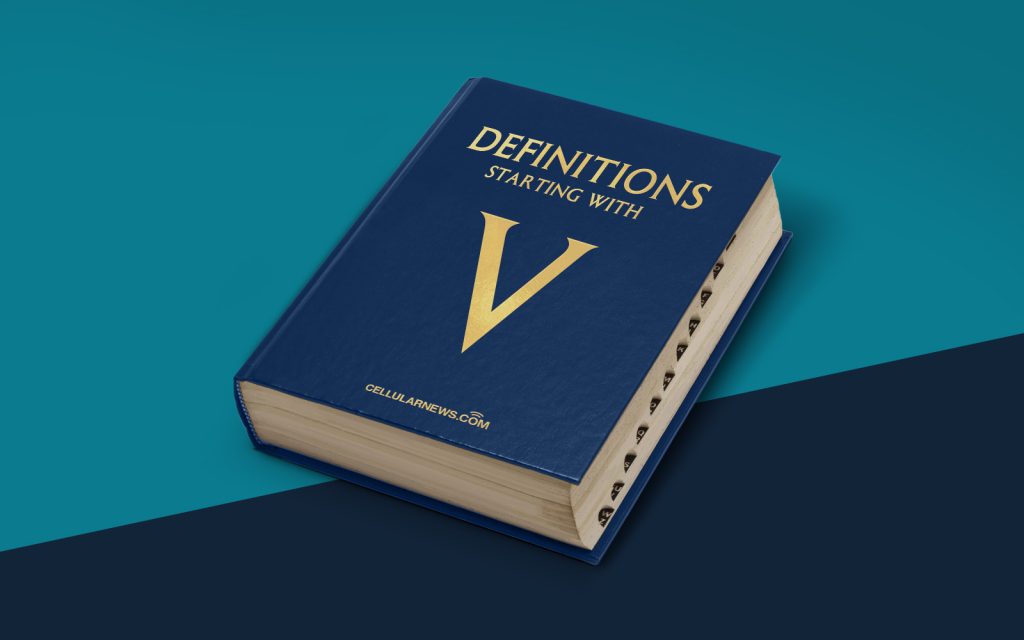
Unveiling the Importance of Vendor Risk Management (VRM)
Imagine this: you’re a business owner, and you rely on various vendors to keep your operations running smoothly. These vendors provide you with essential products or services that are crucial to your business’s success. But have you ever stopped to consider the potential risks associated with relying on these vendors? That’s where Vendor Risk Management (VRM) comes into play.
Key Takeaways
- Vendor Risk Management (VRM) is a strategic approach to identify, assess, and mitigate the potential risks associated with working with external vendors.
- VRM involves evaluating risks, implementing controls, and monitoring vendor performance to ensure compliance and minimize disruptions.
Vendor Risk Management, also known as VRM, is a strategic approach that businesses take to identify, assess, and mitigate the potential risks that come with partnering with external vendors. It involves evaluating the risks associated with vendor relationships, implementing controls to manage those risks, and continuously monitoring and reviewing vendor performance to ensure compliance and minimize potential disruptions.
Now that we have a basic understanding of VRM, let’s take a closer look at why it is essential for businesses to implement effective Vendor Risk Management strategies:
1. Ensuring Business Continuity
When businesses rely on external vendors, any disruptions or failures in their vendor’s operations can directly impact the organization. Effective VRM allows businesses to identify potential risks and put in place measures to mitigate them, ensuring that operations can continue smoothly even in the face of vendor-related challenges.
2. Protecting Data and Confidentiality
Vendors often have access to sensitive business data and confidential information. An effective VRM strategy helps businesses assess the security measures and data protection practices of their vendors, ensuring that necessary safeguards are in place to protect valuable information from unauthorized access or breaches.
3. Minimizing Legal and Compliance Risks
Non-compliance with regulations or legal requirements can have severe consequences for businesses. Vendor Risk Management plays a crucial role in assessing whether vendors adhere to regulatory standards and compliance obligations. By conducting thorough due diligence, businesses can minimize the risk of potential penalties, fines, or legal disputes associated with non-compliant vendors.
4. Enhancing Reputation and Customer Trust
Customers expect businesses to have robust risk management practices in place, especially when it comes to protecting their sensitive data. By implementing effective VRM strategies, businesses can demonstrate their commitment to protecting customer information and build trust and credibility among their clients, enhancing their reputation in the market.
5. Gaining Competitive Advantage
Effective VRM enables businesses to proactively manage and mitigate risks, giving them a competitive edge in the market. By identifying and addressing potential risks associated with vendors early on, businesses can ensure more reliable and uninterrupted service delivery, thus setting themselves apart from competitors who may not have such stringent risk management practices in place.
Vendor Risk Management (VRM) is not just a buzzword; it is an essential aspect of running a successful business in today’s complex and interconnected world. By implementing effective VRM strategies, businesses can protect their operations, safeguard valuable data, minimize legal risks, enhance their reputation, and gain a competitive advantage. So, don’t overlook the importance of VRM – it could be the key to your business’s long-term success!
